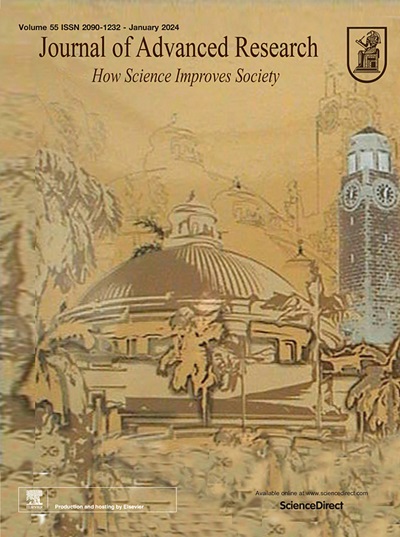Pathogenicity of novel GLA gene missense mutations in Fabry disease and the therapeutic impact of migalastat
IF 11.4
1区 综合性期刊
Q1 MULTIDISCIPLINARY SCIENCES
引用次数: 0
Abstract
Introduction
Fabry disease, a rare X-linked hereditary lysosomal storage disorder caused by mutations in the GLA gene, affecting multiple organs. However, functional validation data on the pathogenicity of newly identified mutations and research on the effects of migalastat intervention at different mutation sites is lacking.Objectives
To explore the pathogenicity of newly identified missense mutations in the GLA gene in Fabry disease and the intervention effect of migalastat on the disease model of newly identified mutation sites.Methods
We retrospectively screened newly identified mutations from the clinical data of 163 patients with Fabry disease, investigated the pathogenicity of these mutations by clinical data and pedigree analysis, bioinformatics prediction, protein structure modeling prediction, and cell experiment. Additionally, this study further assessed the effects of migalastat intervention on these newly identified mutation sites combined with the amenable mutation criteria for GLA gene mutations applicable to DGJ proposed by the Good Laboratory Practice Human Embryonic Kidney 293 in vitro cell experiment analysis (GLP HEK assay).Results
Ninety-five different mutation sites were detected, comprising 13 newly identified mutation sites with nine definite pathogenic mutations (nonsense mutations, frameshift mutations and large fragment deletions) and four missense mutations. The variants c.102 T > A, c.130 T > G, and c.778G > T showed high pathogenicity (pathogenicity prediction score: 9), suggesting significant spatial conformation changes in the mutated protein, while c.194G > A showed a low pathogenicity (score: 5), indicating a mild impact on protein conformation. Cellular functional experiments revealed significantly reduced GLA gene mRNA, α-Gal A protein expression, and enzyme activity levels in the mutant cells. Migalastat intervention significantly normalized α-Gal A protein expression and enzyme activity, particularly in the variant c.194G > A, meeting amenable mutation criteria for migalastat.Conclusion
This study reports 13 newly identified mutation sites in the GLA gene for Fabry disease, including nine definite pathogenic mutations and four missense mutations confirmed to be pathogenic in this study, thereby enriching the Fabry disease gene mutation database. Migalastat intervention improved enzyme activity in these mutation models, especially in cases with minor changes in protein structure and function, which are expected to guide clinical treatment.

求助全文
约1分钟内获得全文
求助全文
来源期刊

Journal of Advanced Research
Multidisciplinary-Multidisciplinary
CiteScore
21.60
自引率
0.90%
发文量
280
审稿时长
12 weeks
期刊介绍:
Journal of Advanced Research (J. Adv. Res.) is an applied/natural sciences, peer-reviewed journal that focuses on interdisciplinary research. The journal aims to contribute to applied research and knowledge worldwide through the publication of original and high-quality research articles in the fields of Medicine, Pharmaceutical Sciences, Dentistry, Physical Therapy, Veterinary Medicine, and Basic and Biological Sciences.
The following abstracting and indexing services cover the Journal of Advanced Research: PubMed/Medline, Essential Science Indicators, Web of Science, Scopus, PubMed Central, PubMed, Science Citation Index Expanded, Directory of Open Access Journals (DOAJ), and INSPEC.
 求助内容:
求助内容: 应助结果提醒方式:
应助结果提醒方式:


